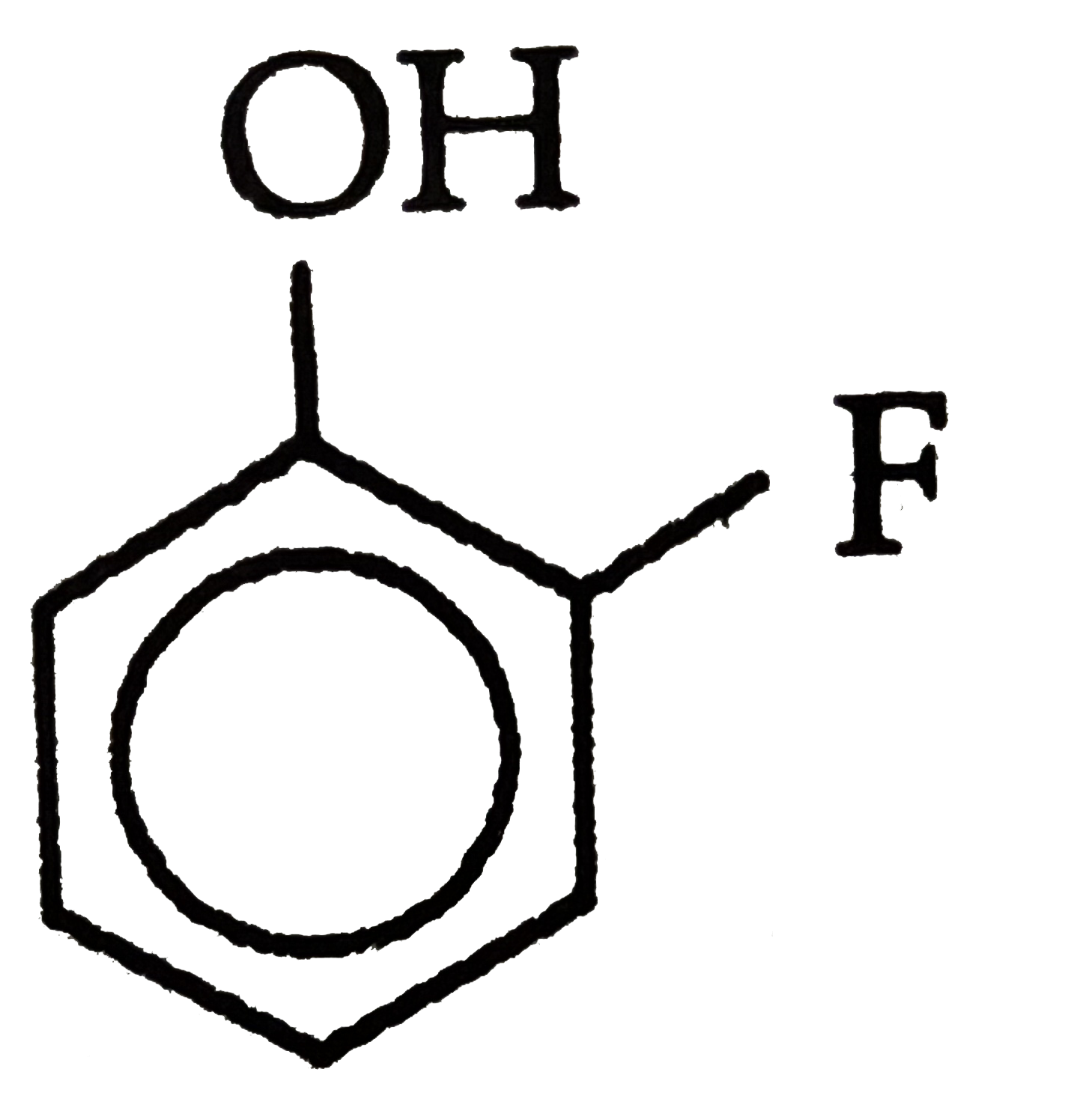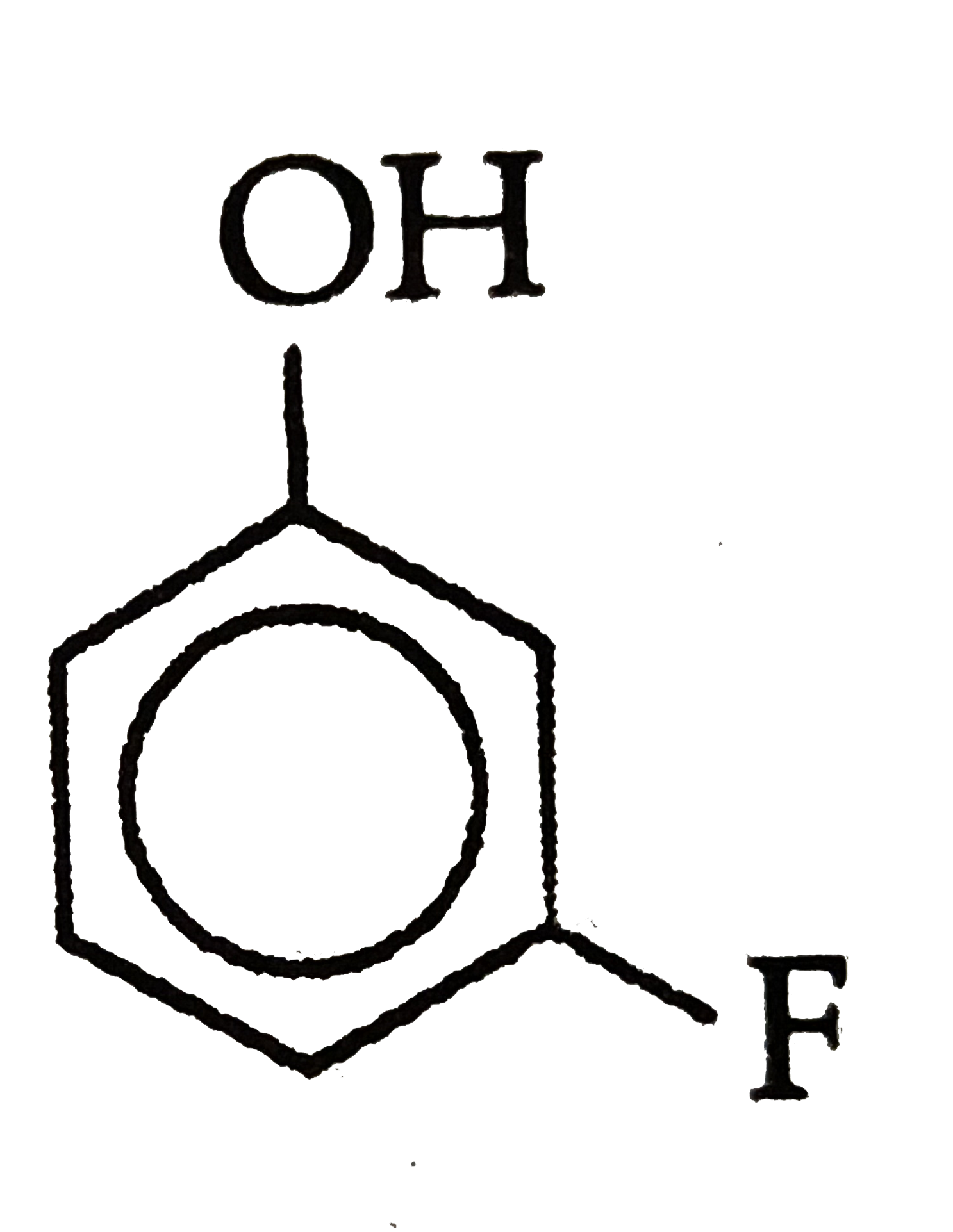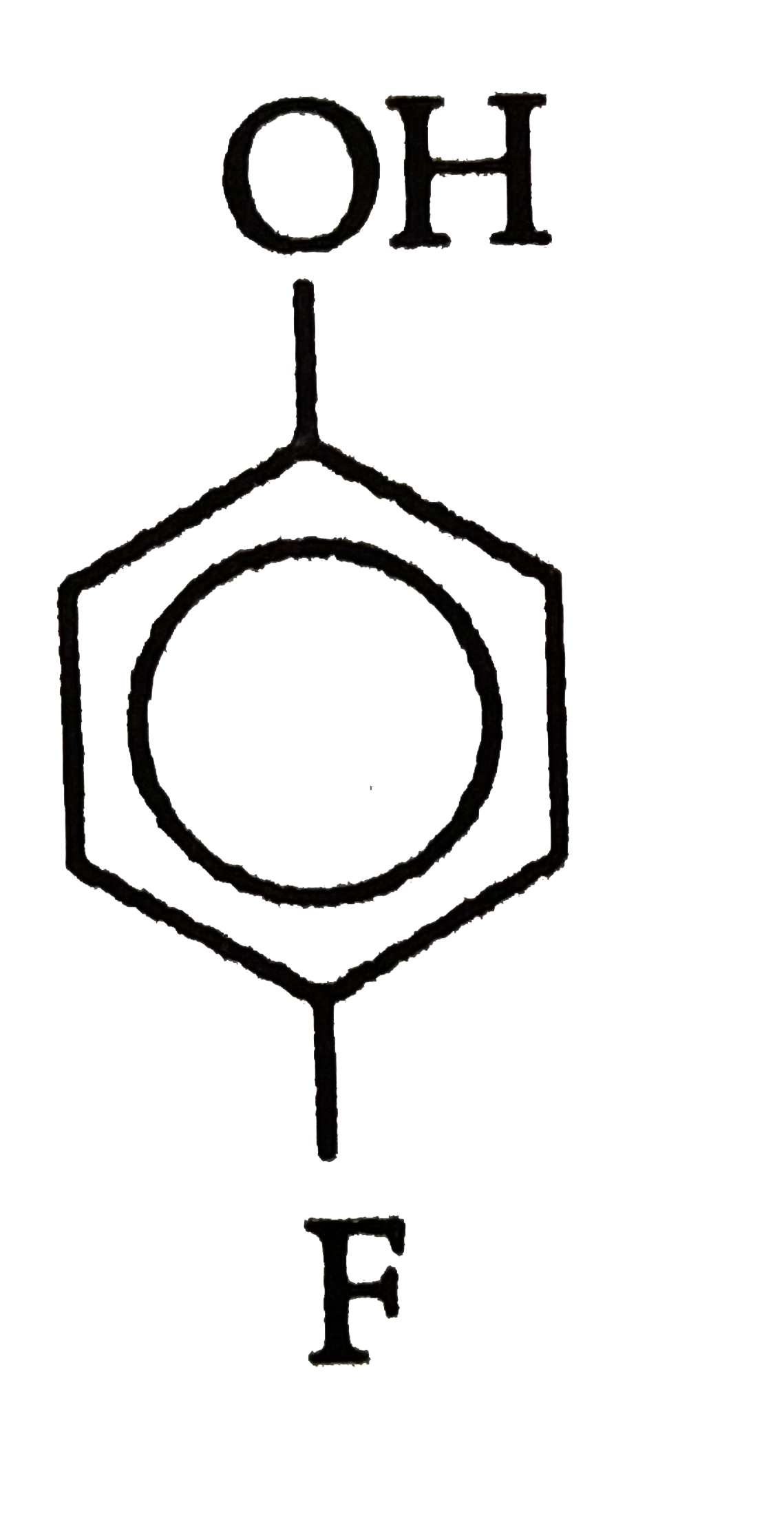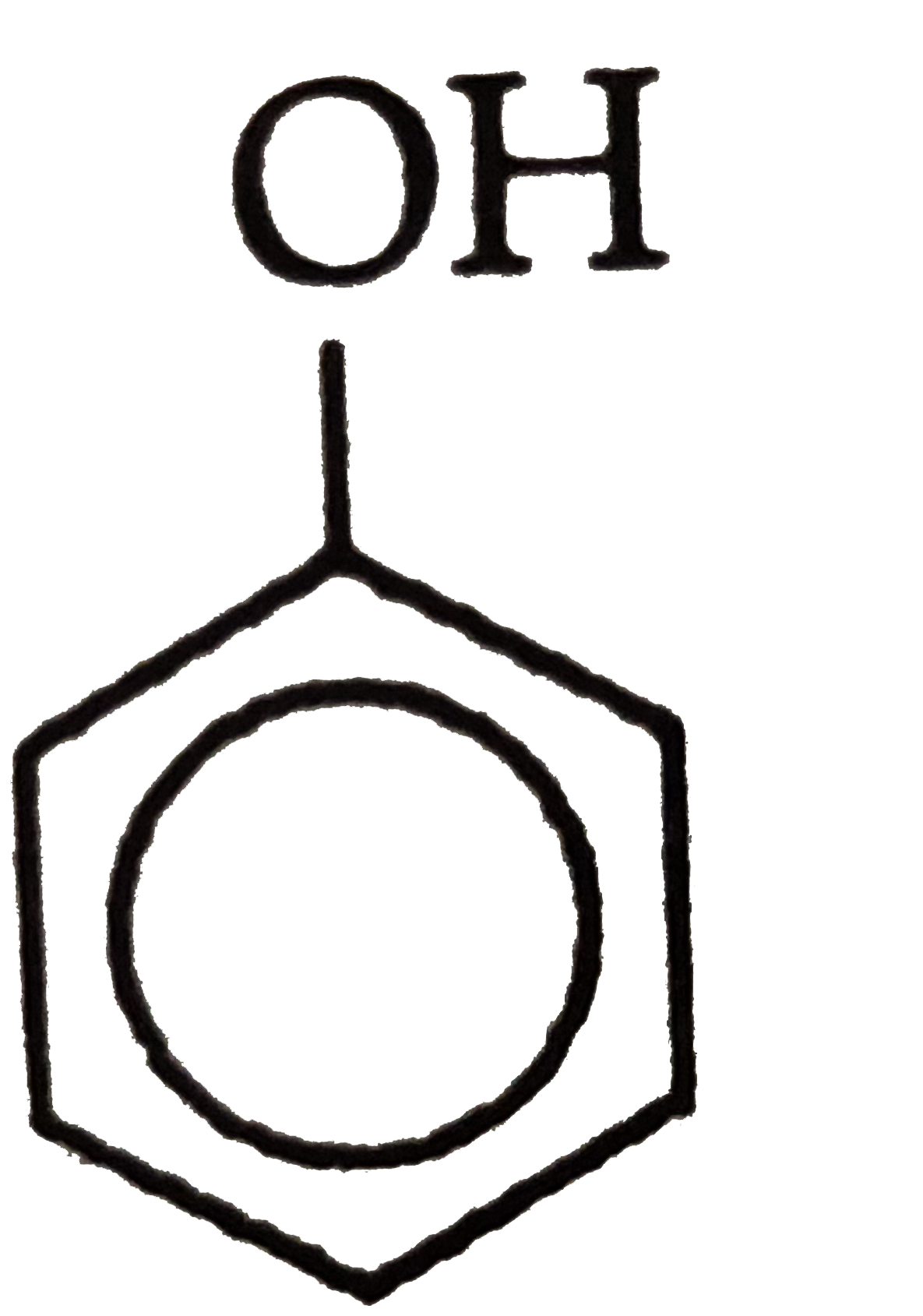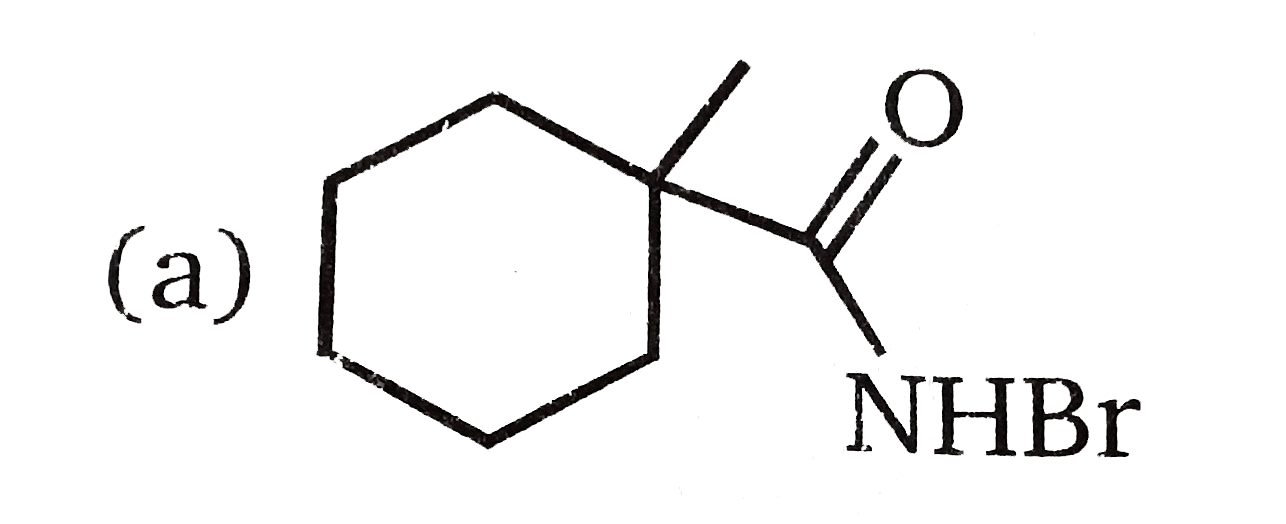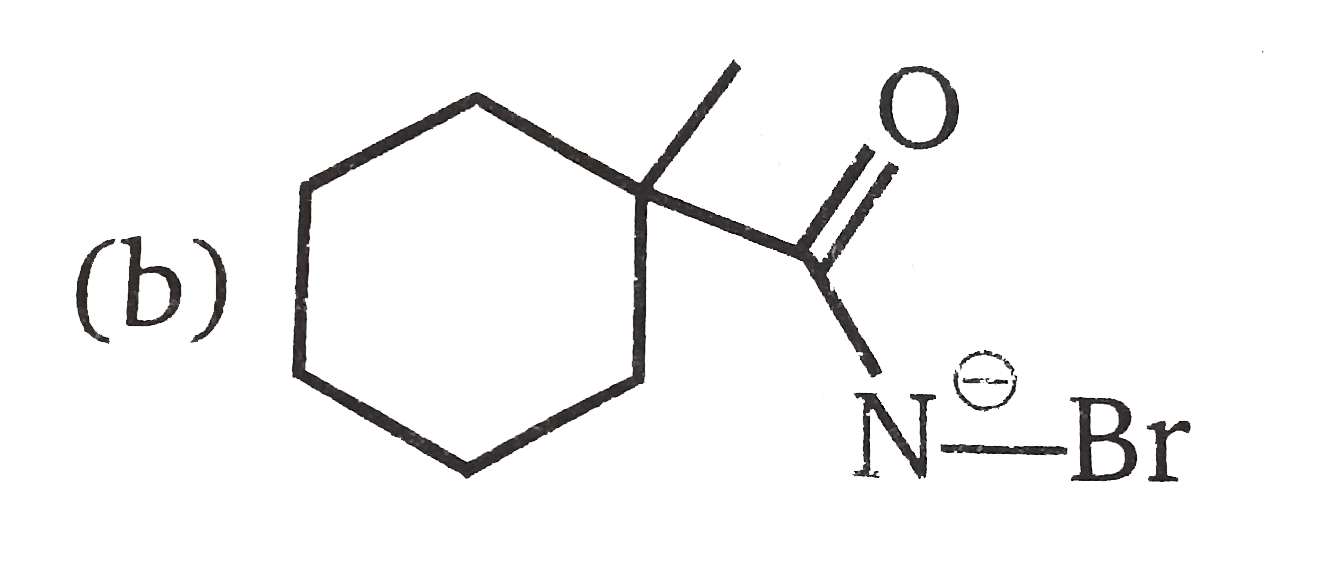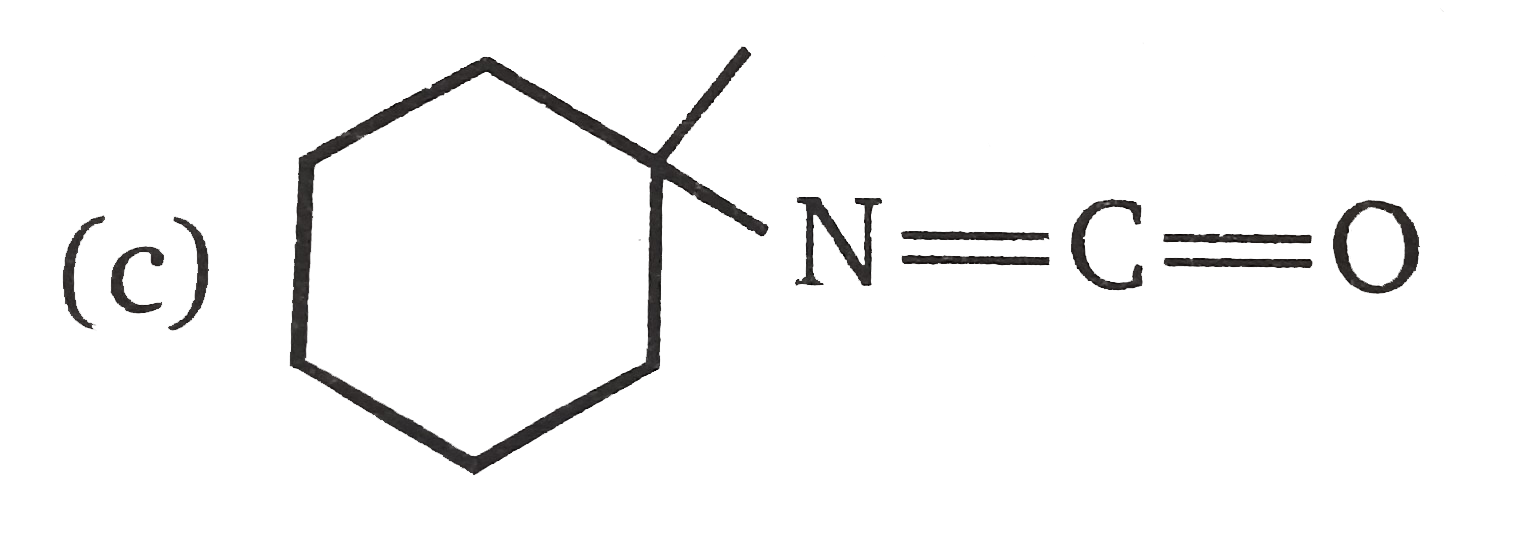Explore topic-wise InterviewSolutions in .
This section includes InterviewSolutions, each offering curated multiple-choice questions to sharpen your knowledge and support exam preparation. Choose a topic below to get started.
| 14801. |
Which of the following processes can be used to prepare polystyrene ? |
|
Answer» ANIONIC |
|
| 14802. |
Which one of the following is wrongly matched |
|
Answer» SAPONIFICATION of `CH_(3)COOC_(2)H_(5)` - Second ORDER REACTION i.e, `k= [H_(2)][Br_(2)]^(1//2)` . |
|
| 14803. |
Which of the following is less acidic in nature ? |
|
Answer»
|
|
| 14804. |
Which of the following bases is not present in DNA? |
|
Answer» Adenine |
|
| 14805. |
Which one of the following is used as a coagulating agent for rubber latex? |
| Answer» Solution :Methanoic acid | |
| 14806. |
What happens when potassium ferrocyanide solution is added to a ferric salt solution ? |
| Answer» Solution :A PRUSSIAN blue COLOUR complex (ferri-ferrocyanide) is FORMED. | |
| 14807. |
Which defines the standard reduction electrode potential of Zn^(2+) ions : |
|
Answer» `ZN^(2+)(aq)+2erarrZn(s),[Zn^(2+)]=1 M` |
|
| 14808. |
Which of the following pairs of xenon compounds and their structure are correctly matched? 1) XeF_4………….. Tetrahedral 2) XeO_3 ……………. Trigonal pyramidal 3) XeOF_4 ………… Square pyramidal 4) XeO_4 ……………. Tetrahedral Select the correct answer using the codes given below : Code : |
|
Answer» 1,2,3 and 4 2) `XeO_3` ………….. PYRAMIDAL 
|
|
| 14810. |
Treatment of (+)- glucose with HIO_(4) gives results that confirm its aldohexose structure. What product should be formed, and how much HIO_(4) should be consumed. |
|
Answer» Solution :SINCE in glucose there are five `-Oll` GROUPS so five moles of `HlO_(4)` are consumed giving main product FORMIC ACID and formaldehyde as shown below : `"Glucose"+5HlO_(4) to 5HCOOH+HCHO`. |
|
| 14811. |
The structure of B_(3)N_(3)H_(6) is as follows: How may derivations structures of B_(3)N_(3)H_(4)X_(2) can be derived from the basic structure, by the replacement of two hydrogen atoms? |
Answer» SOLUTION :
|
|
| 14812. |
The wave number of the spectral line in the emission spectrum of hydrogen will be equal to 8/9 times the Rydberg's constant if electron jumps from |
|
Answer» A) `n=3` to `n=1` `vec(V)=R[(1)/(n_(1)^(2))-(1)/(n_(2)^(2))]Z^(2)` If `vec(v)=8/9R` then `n_(1)` should be equal to 1 and `n_(2)` should be equal to 3 i.e., `vec(v)=R[(1)/(1^(2))-(1)/(3^(2))](1)^(2)` `vec(v)=R[(9-1)/(9)]=(8)/(9)R` |
|
| 14813. |
Write equations of the following reactions : (i) Friedel - Crafts reaction - alkylation of anisole. (ii) Nitrationof anisole. (iii) Bromination fo anisole in ethanoic acid medium. |
Answer» Solution :(i) Friedel - Crafts reaction - alkylation of anisole  (ii) Nitration of anisole  (III) Bromination of anisole in ethanoic acid medium  p - PRODUCT is obtained in PREFERENCE due to less steric HINDRANCE. (iv) Friedel - Crafts ACETYLATION of anisole 
|
|
| 14814. |
The yellow colour in NaCl crystal is due to ……………….. . |
|
Answer» EXCITATION of ELECTRONS in F CENTERS |
|
| 14815. |
Two solid A and B are present in two different container having same volume and same temperature following equilibrium are established In container (1) A(s)hArrD(g) + C(g) P_(T) = 40 atm at equilibrium In container (2) B (s)hArrE(g) + F(g) P_(T) = 60 atm at equilibrium If excess of A and B are added to a third container having double the volume and at same temperature then the total pressure of this container at equilibrium is ? |
|
Answer» 50 atm |
|
| 14816. |
Which of the following polymer is used in pigment ? |
| Answer» SOLUTION :Orlon | |
| 14817. |
Writing Lewis Struchures for Molceules with more than One central atom. Write the Lewis structure for methanol (molecularfarmula CH _(4) O), on important industrical alcohol tht is being used as a gasoline alternative in car engines. |
|
Answer» Solution :Step:1 Place the atoms relative to each other. The H atoms can have only one bond, so C and O must be adjacent to each other. In nearly all their compounds, C has four BONDS and O has TWO, so we arrange the H atoms to shown this. Step : 2 Find sum of valence electrons `[1xx C (4e ^(-)) ] + [1xxO (6e ^(-)) ] + [ 4 xx H (1e ^(-)) ] = 14 e ^(-) {:(""H),(H " "C ""O ""H),(""H):}` Step :3 Add single bonds and subtract `2e^(-)` for each bond. `H- underset(H) underset(|) OVERSET(H) overset(|) (C) -O-H` Five bonds ue `10 e^(-), so 14 e ^(-)- 10 e ^(-)` leaves `4e ^(-)` remaining. Step :4 Add remaining electrons in pairs. 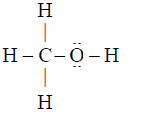 Carbond already has an octet, so the four remaining VELENCE `e ^(-)` from two lone pairs on O and give the Lewis strructure for methanol. |
|
| 14818. |
Which one of the following reactions does not occur ? |
|
Answer» `BaO+O_(3)rarrBaO_(2)+O_(2)` |
|
| 14819. |
Tri Halogen methane on hydrolysis with KOH (aq) gives : |
| Answer» Answer :C | |
| 14820. |
Which of the following pair of complexes are co-ordination isomers ? |
|
Answer» `[Co(NH_(3))_(5)Br]SO_(4)" and "[Co(NH_(3))_(5)SO_(4)]Br` |
|
| 14821. |
Write the difference between reducing sugar and non-reducing sugar. |
|
Answer» |
|
| 14822. |
Which of the following is neither a nucleophile nor an electrophile ? |
| Answer» Answer :D | |
| 14823. |
Whichone of the followingis not a method of concentration of ore |
|
Answer» GRAVITY separation |
|
| 14824. |
Write the name and structures of monomer(s) in the following polymers : (i) Nylon 6(ii) PVC(iii) Neoprene |
Answer» Solution :(i) Nylon 6 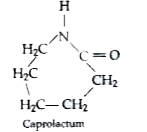 (ii) PVC `UNDERSET("Vinyl CHLORIDE")( CH_(2) -OVERSET(overset(CI)|)CH)` (III) Neoprene `underset("2-chloro-1, 3-butacliene")(nCH_(2) = overset(overset(CI)|)C-CH=CH_(2))` |
|
| 14825. |
The substances which behave as colloidal solutions at higher concentration are called |
|
Answer» associated colloids |
|
| 14826. |
Which one of thefollowingis named as peptides ? |
|
Answer» Esters |
|
| 14827. |
The vitamin that function as visual pigment is …………………. |
| Answer» Solution :Retinol | |
| 14828. |
Which of the hydracids of halogens reacts with glass ? |
| Answer» Solution :HF , FLUORIDE ION has a strong affinity for Si and hence HF attacks SILICATES and silica PRESENT in GLASS `(Na_(2)SiO_(3) + 6 HF rarr Na_(2)SiF_(6) + 3 H_(2)O and SiO_(2) + 4HF rarr SiF_(4) + 2H_(2)O)` | |
| 14829. |
Which of the following specieswould not be involved in the Hoffmann rearrangement shown below ? |
|
Answer»
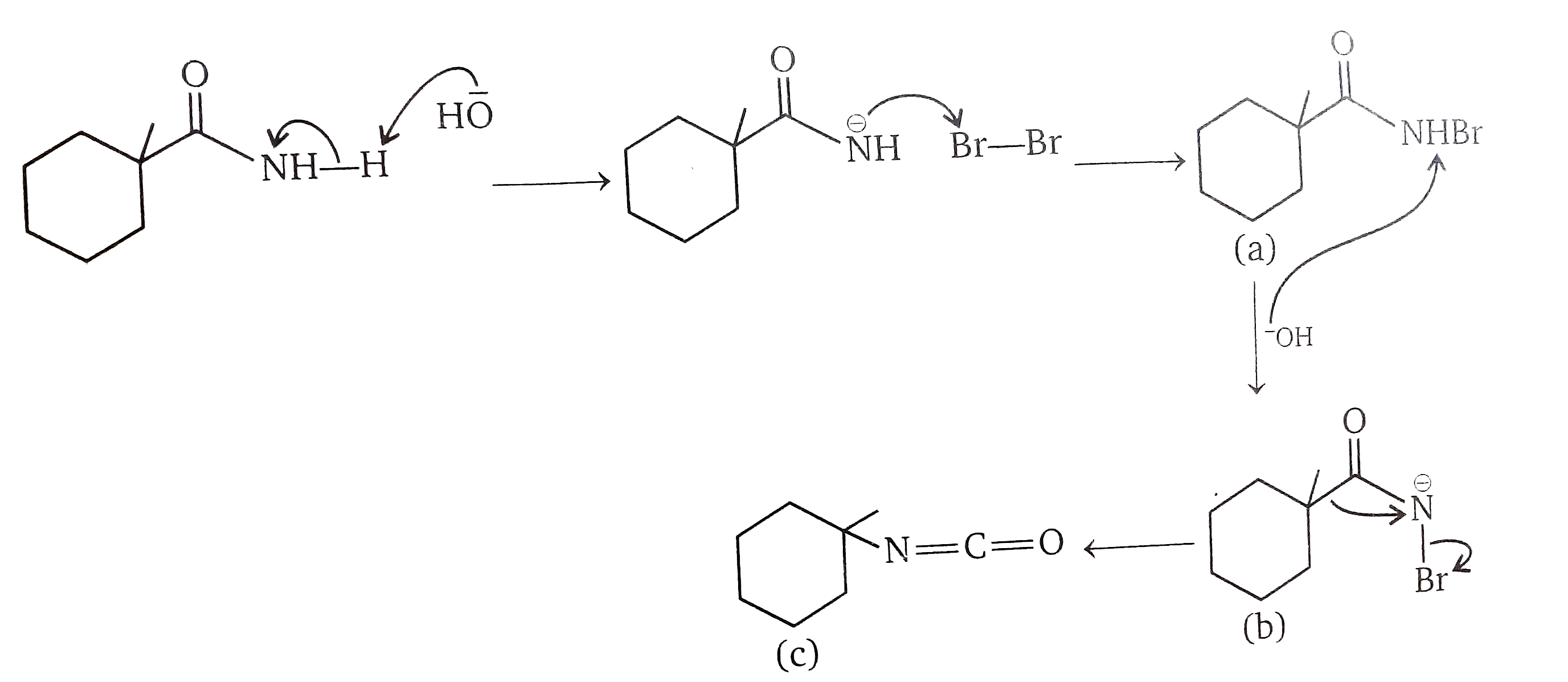
|
|
| 14830. |
Which of the following is a constitutent of soap ? |
|
Answer» SODIUM sterate |
|
| 14831. |
What is the contribution of a corner particle to a unit cell in a cubic crystal lattice ? |
| Answer» SOLUTION :`(1)/(8)`TH or one-eighth. | |
| 14832. |
The specific rotation for the C-anomer of a carbohydrate is +29^(@) and that of beta-anomer is -17^(@) Due to mutarotation, the equilibrium specific rotation is +14^(@). The percentage of cl-anomer is |
|
Answer» `45.6%` equilibrium `"" (X-1)""x` given`(1-x)(29^(@)) - x(17^(@)) = 14^(@)` |
|
| 14833. |
Vitamin which is believed to cure common cold is : |
|
Answer» A |
|
| 14834. |
Which one of the following statements is correct ? In a reversible reaction, catalyst |
|
Answer» increases the rate of the forward REACTION |
|
| 14835. |
Whichof the followingis morereactivetowardsHBr ? |
|
Answer» ETHYLENE |
|
| 14836. |
Which of the following has the minimum heat of dissociation |
|
Answer» `(CH_(3))_(3)N: to BF_(3)` |
|
| 14837. |
Which aerosols deplete ozone ? |
|
Answer» Solution :AEROSOLS such as chlorofluorocarbons (CFC's), i.e., freon `(CCl_(2)F_(2))` depletes the `O_(3)` LAYER by SUPPLYING Cl free radicals which convert `O_(3)` to `O_(2)` as shown below : `{:(Cl_(2)CF_(2)(g) overset(hv)rarr. Cl(g) + ."CCLF"_(2)(g)","Cl(g) + O_(3)(g) rarr ClO. (g)+O_(2)(g)),(""ClO.(g) rarr .Cl(g) + . O(g)","ClO.(g) + .O(g) rarr .Cl(g) + O_(2) (g)):}` |
|
| 14838. |
What are t_(2g) and e_(g) orbitals? |
| Answer» SOLUTION :In a FREE transition metal ION, the d-orbitals are DEGENERATE. When it form complex, the DEGENERACY is split and d-orbitals split into `t_(2g)` and `e_(g)` orbitals. | |
| 14839. |
Which of the process do not involve abosrption of energy ? |
|
Answer» `S (G) + E to S ^(-)(g)` |
|
| 14840. |
Which gas evolve when ammonia solution is added to potassium parmanganate? |
|
Answer» `N_(2)` `2KMnO_4 + 2NH_3 to 2MnO_2 + 2KOH + 2H_2O + N_2` |
|
| 14841. |
Which of the following pairs of compounds is expected to exhibit same colour in aqueoussolution ? |
|
Answer» `FeCI_(2),CuCI_(2)` |
|
| 14842. |
Which of the following electronic comfigurations has the lowest ionosation energy ? |
|
Answer» `1s^2 2s^2 2p^3` |
|
| 14843. |
Which of the following is a simple protein? |
|
Answer» Albumin |
|
| 14844. |
Which of the following compound will easliy undergo dehydration ? |
|
Answer» 2-METHYL PROPANE - 2- OL |
|
| 14845. |
Which of the following after reacting with KI do not remove iodine |
|
Answer» `CuSO_(4)` |
|
| 14846. |
Which of the following does/do not react with Fehling's solution? |
|
Answer» Benzaldehyde |
|
| 14848. |
The standard enthalpy of formation of NH_(3) is -46.0kJmol^(-1). If enthalpy of formation of H_(2) from its atoms is 436 kJ mol^(-1) and that of N_(2) is -712kJmol^(-1), the average bond enthalpy of N-H bond in NH_(3) is |
|
Answer» `-964kJmol^(-1)` |
|
| 14849. |
Which of the following statements is INCORRECT in case of Hofmann bromamide degradationn? |
|
Answer» Reaction is useful for decreasing LENGTH of CARBON chain by one carbon atom <BR>It gives tertiary amine `R-CONH_(2) + Br_(2) + 4NaOH to R-NH_(2) + Na_(2)CO_(3) + 2NaBr + 2 H_(2)O` Incorrect statement B |
|
| 14850. |
Vapour pressure of an aqueous solution is 2% less than that of the solvent. The molality of the solution is |
|
Answer» 2m |
|
